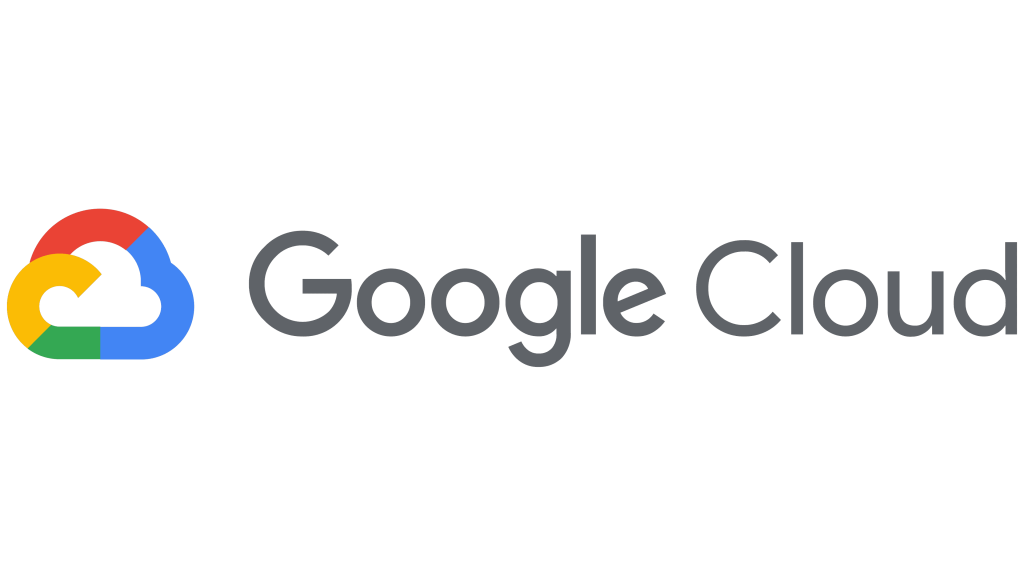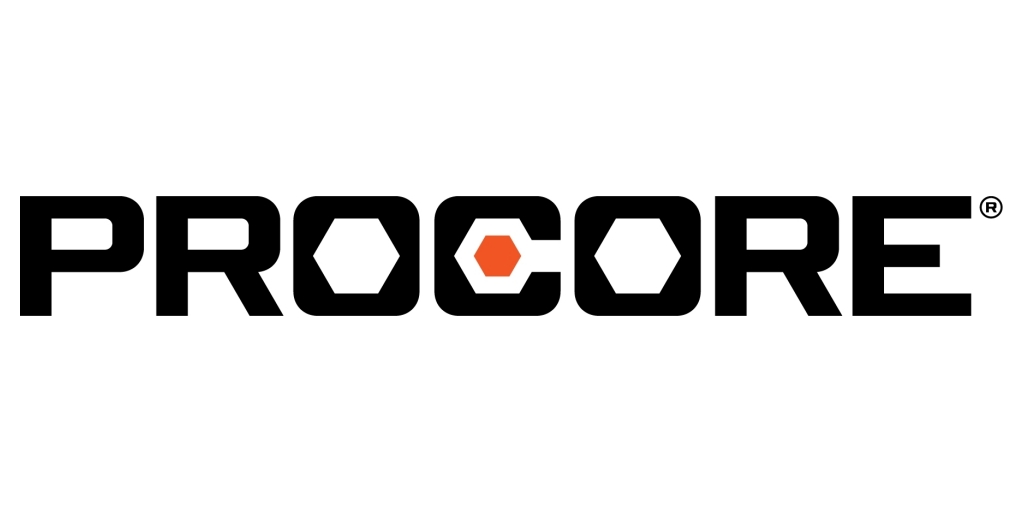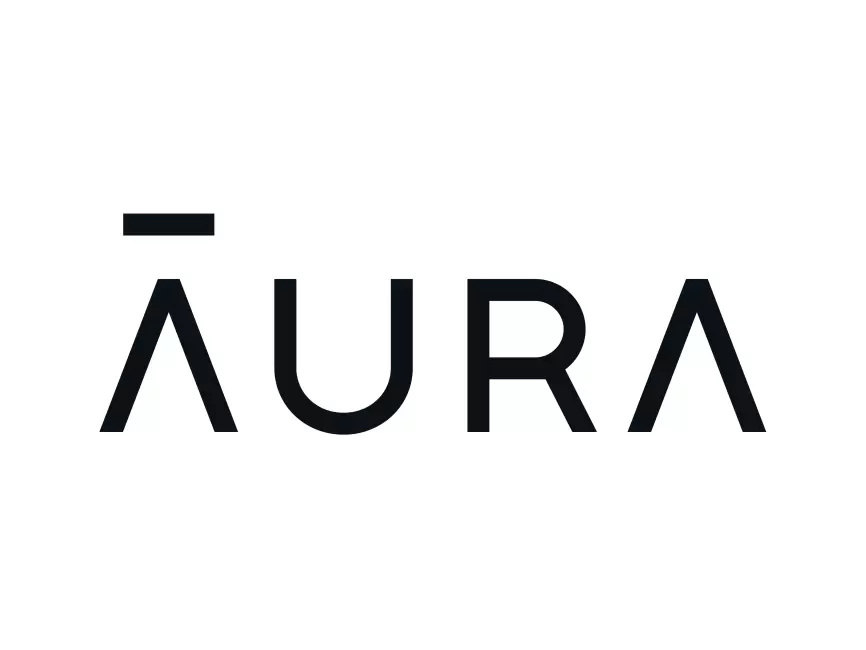
In today’s data-driven world, businesses are increasingly turning to artificial intelligence (AI) to gain insights, automate processes, and enhance customer experiences. However, developing and deploying AI models at scale can be a complex endeavor. Enter Vertex AI, Google Cloud’s unified machine learning (ML) platform designed to streamline the AI lifecycle, from data preparation to model deployment and monitoring.
What is Vertex AI?
Vertex AI is a comprehensive platform that integrates various Google Cloud services to provide a seamless experience for building, deploying, and scaling ML models. It supports both AutoML for users with limited ML expertise and custom model training for seasoned data scientists. Key features include:
- Unified Interface: A single environment for managing datasets, training models, and deploying them to production.
- Integration with Google Cloud Services: Seamless connectivity with BigQuery, Dataflow, and other services for data processing and analysis.
- MLOps Tools: Built-in capabilities for model monitoring, versioning, and pipeline orchestration.
By consolidating these functionalities, Vertex AI simplifies the ML workflow, enabling faster development and deployment of AI solutions.
The Importance of Scalable AI Pipelines
Scalability is crucial for AI applications, especially as data volumes grow and models become more complex. Scalable AI pipelines allow organizations to:
- Handle Large Datasets: Efficiently process and analyze vast amounts of data without performance bottlenecks.
- Accelerate Model Training: Utilize distributed computing resources to speed up the training process.
- Ensure Consistent Deployment: Maintain uniformity across different environments, reducing errors and inconsistencies.
- Facilitate Continuous Integration and Deployment (CI/CD): Automate the process of integrating new data and deploying updated models.
Vertex AI addresses these needs by providing tools and infrastructure that support scalable and efficient AI pipeline development.
Building Scalable AI Pipelines with Vertex AI
Let’s delve into how Vertex AI facilitates the creation of scalable AI pipelines:
1. Data Ingestion and Preparation
Vertex AI integrates with BigQuery and Dataflow, enabling seamless data ingestion and transformation. Users can leverage these services to clean, preprocess, and structure data for model training. Additionally, Vertex AI’s integration with Dataproc allows for scalable data processing using Apache Spark.
2. Model Training
With Vertex AI, users have the flexibility to choose between AutoML and custom model training:
- AutoML: Ideal for users with limited ML expertise, AutoML automates the model training process, selecting the best algorithms and tuning hyperparameters.
- Custom Training: For advanced users, Vertex AI supports custom training using popular frameworks like TensorFlow and PyTorch. Users can define their training code and leverage GPU or TPU resources for accelerated training.
3. Model Evaluation and Tuning
Vertex AI provides tools for evaluating model performance and fine-tuning hyperparameters. Features like Vertex AI Vizier assist in optimizing models by systematically exploring hyperparameter configurations to improve accuracy and efficiency.
4. Model Deployment
Once trained, models can be deployed to Vertex AI’s fully managed prediction service. This service supports both online (real-time) and batch predictions, ensuring scalability and low latency. Moreover, Vertex AI’s integration with Kubernetes Engine allows for flexible deployment options tailored to specific business needs.
5. Monitoring and Maintenance
Post-deployment, Vertex AI offers robust monitoring tools to track model performance and detect anomalies. Features like Vertex AI Model Monitoring enable users to set up alerts for data drift, ensuring models remain accurate over time. Additionally, the platform supports automated retraining pipelines, facilitating continuous learning and adaptation.
Real-World Applications
Several organizations have leveraged Vertex AI to build scalable AI pipelines:
- Geotab: A global leader in telematics, Geotab uses Vertex AI and BigQuery to analyze billions of data points daily from over 4.6 million vehicles. This enables real-time insights for fleet optimization and driver safety.
- Wayfair: The e-commerce giant employs Vertex AI to enhance product recommendations and search functionalities, improving customer experience and increasing sales.
- Credit Agricole: This financial institution utilizes Vertex AI for fraud detection, leveraging the platform’s scalability to process vast transaction datasets efficiently.
Best Practices for Implementing Vertex AI Pipelines
To maximize the benefits of Vertex AI, consider the following best practices:
- Modular Design: Structure pipelines into modular components, facilitating easier maintenance and updates.
- Version Control: Implement versioning for datasets, models, and code to track changes and ensure reproducibility.
- Automated Testing: Incorporate automated testing at each pipeline stage to detect issues early and maintain quality.
- Resource Optimization: Monitor resource utilization and adjust configurations to balance performance and cost.
- Security and Compliance: Data handling and model deployment adhere to industry standards and regulations.
Conclusion
Building scalable AI pipelines is essential for organizations aiming to harness the full potential of their data. Vertex AI on Google Cloud offers a robust, integrated platform that simplifies the ML lifecycle, enabling businesses to develop, deploy, and manage AI models efficiently. Organizations adopting Vertex AI can accelerate innovation, improve decision-making, and maintain a competitive edge in the rapidly evolving digital landscape.





















